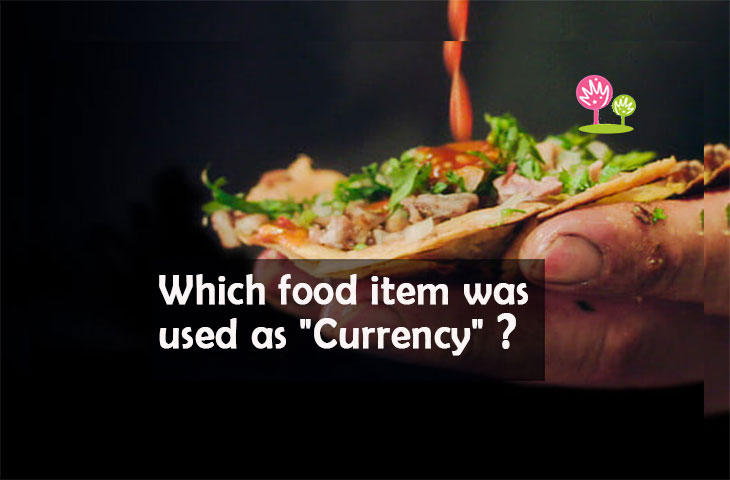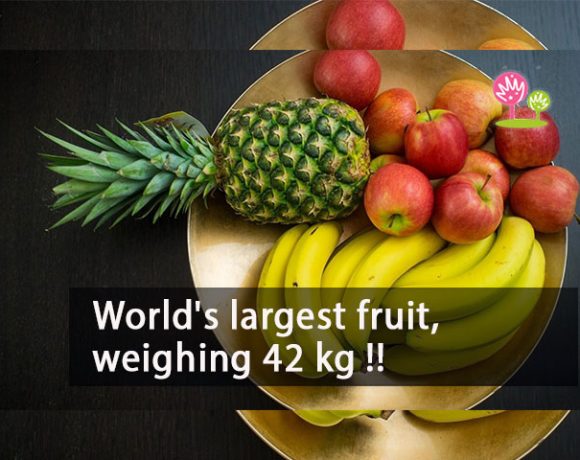Which food item was used as “Currency” ?

Food is any substance that is consumed in order to provide nutritional support to an organism. Food is typically derived from plants, animals, or fungi and contains essential nutrients such as carbohydrates, fats, proteins, vitamins, and minerals. The substance is consumed by an organism and assimilated by the organism’s cells in order to provide energy, sustain life, or stimulate growth. Different species of animals have different feeding behaviours that satisfy the needs of their unique metabolisms, and these feeding behaviours have frequently evolved to fill a specific ecological niche within specific geographical contexts. Omnivorous humans are highly adaptable and have adapted to survive in a variety of ecosystems.
Humans have traditionally obtained food through two methods: hunting and gathering and agriculture. As agricultural technologies advanced, humans settled into agriculture lifestyles, with diets shaped by the agricultural opportunities available in their area. Geographic and cultural differences have resulted in the development of numerous cuisines and culinary arts, each with its own set of ingredients, herbs, spices, techniques, and dishes. Because of forces such as international trade and globalisation, ingredients have become more widely available beyond their geographic and cultural origins, resulting in a cosmopolitan exchange of different food traditions and practises.
The industrial food industry, which produces food through intensive agriculture and distributes it through complex food processing and food distribution systems, now supplies the majority of the food energy required by the world’s ever-increasing population. Because conventional agriculture is heavily reliant on fossil fuels, the food and agricultural system is a major contributor to climate change, accounting for up to 37% of total greenhouse gas emissions. Addressing the carbon intensity of the food system and food waste are important mitigation measures in the global response to climate change.
Some amazing facts about food
- Ketchup was once thought to have medicinal properties that could treat, among other issues, diarrhoea.
- Titanium dioxide, which can be found in paint, plastic, and sunscreen, can be found in some foods, such as ranch dressing or coffee creamer.
- The rows on a typical ear of corn are all even.
- Scientists at Germany’s Bayerisches Geoinstitut discovered that because peanut butter is so high in carbon, it is possible to turn simple Skippy into diamonds.
- White chocolate does not contain any real chocolate ingredients. The item is made up of sugar, milk products, vanilla, lecithin, and cocoa butter — no chocolate solids, according to Bon Appetit.
- According to the International Cocoa Organization, the Aztecs used cocoa beans as currency as well as chocolate. Cocoa could be used to pay taxes under Aztec rule.
- Too much nutmeg has the same effect as a hallucinogenic drug.
- Almonds are seeds rather than nuts. According to the Plant Information Center, a nut is “a one-seeded, dry, indehiscent fruit with a hard pericarp, usually derived from a one-loculed ovary,” but an almond is a “drupe.” A drupe is defined as “a fleshy fruit with a stony endocarp” by the Plant Information Center.
- In fact, peanuts are a component of dynamite. They contain glycerol oil, which is used to make nitroglycerin, a key ingredient in dynamite.
- One of the more surprising facts in this series is that cheese is the most stolen food in the world. Approximately 4% of ALL cheese produced in the world is stolen. There is even a market for stolen cheeses.
- INDIA IS THE WORLD’S MAJOR PRODUCER, CONSUMER, AND EXPORTER OF CHILI PEPPERS.
- According to one 2014 study, 49 percent of Americans over the age of 20 eat one sandwich every day.
- People in the Netherlands take their caffeine fix seriously: They are the world’s top coffee consumers, consuming 2.414 cups per capita.














